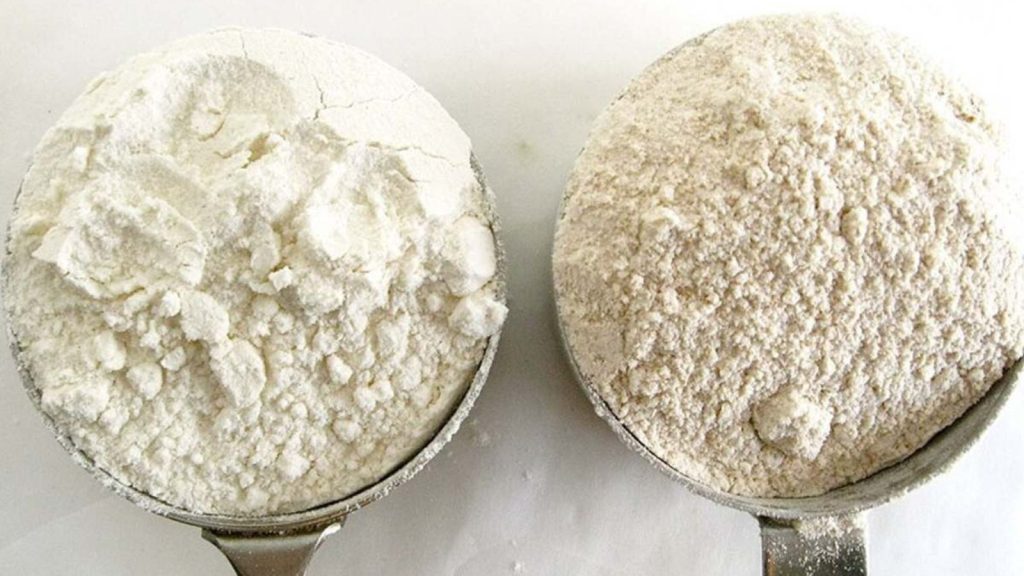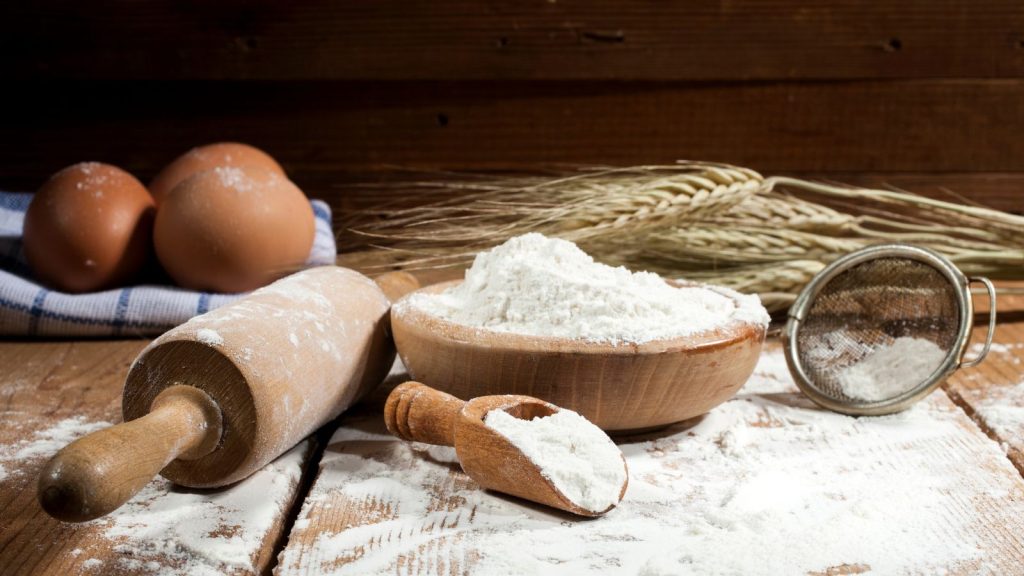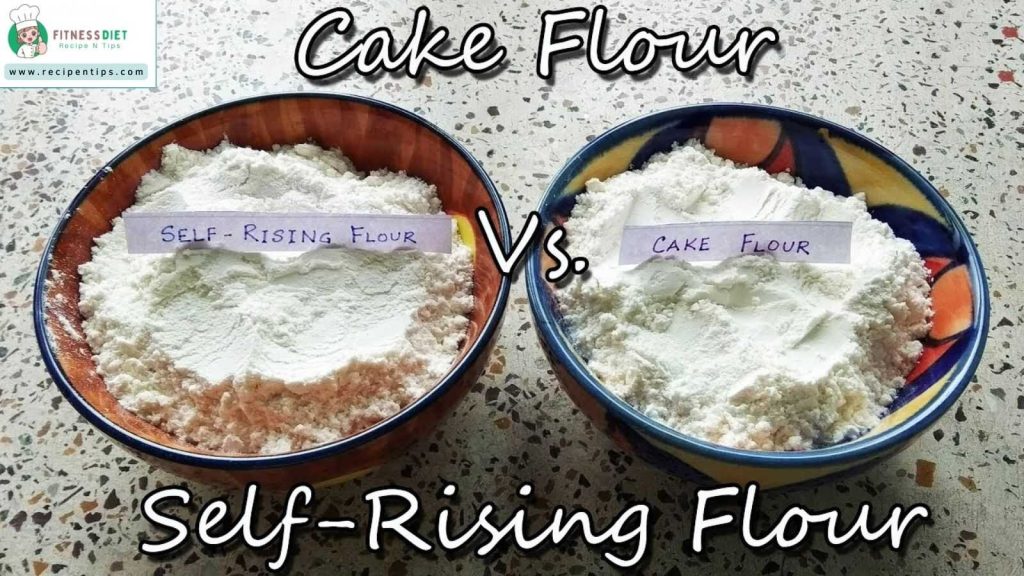When it comes to baking, it’s all about the ingredients. If you don’t pay attention to what goes into your batter, you may end up with something that looks and tastes nothing like what you intended.
One of the most important ingredients in any cake or quick bread recipe is flour. But which type of flour should you use? Cake flour vs self-rising flour might look similar, but they have very different uses. Let’s break down why.
Cake flour vs self-rising flour

In this blog post, we’ll discuss the key differences between cake flour and self-rising flour. We’ll break down how they differ in texture, flavor, and application so that you can make an informed decision when choosing between them! Let’s get started!
Cake Flour
Cake flour is a low-protein flour that is milled from soft wheat varieties. It has a fine texture and contains less gluten than other types of flour, making it ideal for light and airy cakes and muffins with a tender crumb.
It also absorbs liquid more easily than other flours, allowing for more even distribution of moisture throughout the batter during mixing.
The lower gluten content also makes cake flour less likely to become dense during baking, resulting in a softer texture when baked into cakes or muffins.
Self-Rising Flour
Self-rising flour is made from a combination of wheat flour, salt, and leavening agents such as baking powder or baking soda.
All of these ingredients are already mixed, so there’s no need to measure out multiple ingredients separately – just add water or milk as instructed in your recipe!
Self-rising flour is great for biscuits and other quick bread because of its higher protein content (gluten) which helps give structure and body to baked goods when combined with liquids.
When it comes to baking cakes or quick loaves of bread, choosing between cake flour vs self-rising flour can make all the difference between success and failure in your recipe!
With its fine texture and lower gluten content, cake flour is great for light cakes with a tender crumb, while self-rising flour works best for biscuit doughs due to its high gluten content combined with the convenience of already having learners added in!
No matter which one you choose for your recipe, make sure you measure out your ingredients carefully for optimal results!
Can I use self-rising flour instead of cake flour?
Cake flour is a more delicate option than self-rising flour. It contains baking powder, salt, and wheat flour in it. In comparison, self-rising flour can be used as a substitute here. You need to take into account the extra leavening effect caused by the baking powder.
When using self-rising in place of cake flour, you have to reduce the amount of baking powder in your recipe. You need to add some additional salt to bring out all the flavors.
Additionally, opt for whole milk over buttermilk when making any type of cake. Cake recipes made with self-rising flour tend to turn out denser and slightly heavier than recipes made with cake flour.
However, as long as you adjust for these differences in texture, you can easily achieve results similar to those from Cake Flour relatively quickly.
Is cake flour the same thing as self-raising flour?

Cake flour is a finely milled flour with a low protein content, making it perfect for producing delicate cakes and pastries that have a fine and light texture.
Self-rising flour, on the other hand, is a blend of all-purpose flour with chemical leaveners already added so that baked goods such as biscuits, dumplings, and pancakes can rise without any additional ingredients like baking powder or baking soda.
To make things simpler: cake flour creates delicious cakes, while self-raising flour creates wonderfully fluffy treats!
What is a cake flour substitute?
In these cases, a Cake Flour substitute can be used. Self-Rising Flour is an option as this type of flour contains a higher level of leavening agents than Cake Flour does without having to add them manually.
Self-Rising Flour will produce lighter products than regular All-Purpose Flour, but they will not be as light or fluffy as if Cake Flour was used instead. However, when Cake Flour isn’t available or accessible, using Self-Rising Flour is the best choice.
Can I use self-raising flour instead of cake flour and baking powder?
Cake recipes may require the use of both cake flour and baking powder together since they are different ingredients that provide different texture qualities to the finished product.
Cake flour creates lightness, while the baking powder helps with the rise by creating air bubbles. Therefore, it’s best to use both cake flour and baking powder together instead of substituting with self-rising flour for an ideal result.



